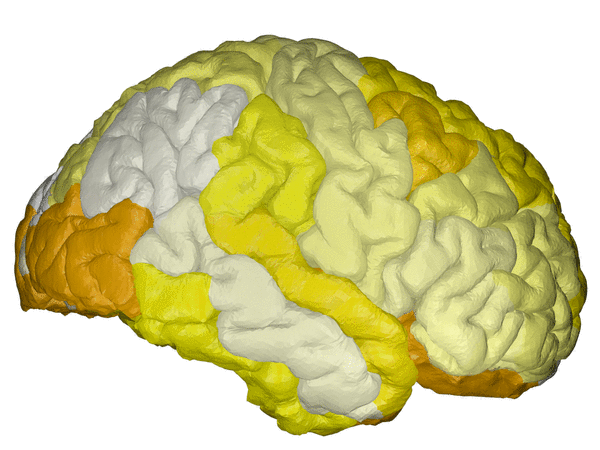Modeling and inference of spatio-temporal protein dynamics across brain networks
Models of misfolded proteins (MP) aim at discovering the bio-mechanical propagation properties of neurological diseases (ND) by identifying plausible associated dynamical systems. Solving these systems along the full disease trajectory is usually challenging, due to the lack of a well defined time axis for the pathology. This issue is addressed by disease progression models (DPM) where long-term progression trajectories are estimated via time reparametrization of individual observations. However, due to their loose assumptions on the dynamics, DPM do not provide insights on the bio-mechanical properties of MP propagation. Here we propose a unified model of spatio-temporal protein dynamics based on the joint estimation of long-term MP dynamics and time reparameterization of individuals observations. The model is expressed within a Gaussian Process (GP) regression setting, where constraints on the MP dynamics are imposed through non--linear dynamical systems. We use stochastic variational inference on both GP and dynamical system parameters for scalable inference and uncertainty quantification of the trajectories. Experiments on simulated data show that our model accurately recovers prescribed rates along graph dynamics and precisely reconstructs the underlying progression. When applied to brain imaging data our model allows the bio-mechanical interpretation of amyloid deposition in Alzheimer's disease, leading to plausible simulations of MP propagation, and achieving accurate predictions of individual MP deposition in unseen data.
PDF Abstract
